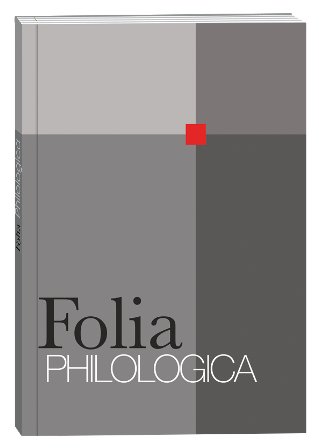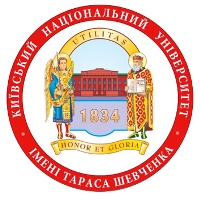THE RECEPTION OF HETMAN IVAN MAZEPA IN FRANCISZEK RAWITA-GAWROŃSKI’S WRITINGS
DOI:
https://doi.org/10.17721/folia.philologica/2021/1/9Keywords:
Franciszek Ravita-Gawroński, Ivan Mazepa, historical novel, cossacksAbstract
The article analyzes the image of the Ukrainian Hetman Ivan Mazepa in the works of Franciszek Rawita-Gawroński.In his works, the Cossacks have always had a negative connotation regardless of their positive features and historicalmission. The powerful Ukrainian army, which repeatedly sided with the Polish nobility, could not change the opinionof the author, who throughout his career considered them a destructive force. The Cossacks became such an organicphenomenon in Polish literature that it completely captured the imagination of the Romantics. Polish writers were happyto describe historical events in which Poles and Ukrainians united against a common enemy, such as the Turks. Rawita-Gawroński was no exception, although he was a representative of the period of positivism, but did not completely abandonthe traditions of the previous era. The writer critically assessed the existence and functioning of the Cossacks, whichwas a powerful and multifaceted group of human types, which in turn reveals its apolitical, anti-social and immoralnature. In his novels, Franciszek Rawita-Gawroński tried to avoid the poetics of romanticism, but did not refuse to usethe achievements of Ukrainian folklore, customs, traditions and legends, which are inextricably linked with the Cossacks. In the analyzed novels, Franciszek Rawita-Gawroński used a realistic method, using probability criteria, mainly in the wayof motivating events and figures. Ukrainian Cossacks have always caused a storm of emotions, both positive and negative.Speaking of Rawita-Gawroński, in his works the Cossack has always been a negative character, without taking intoaccount his positive qualities. His Cossack is a robber, a slacker, a drunkard who seeks only robbery and cruelty. However,the only representative of the Ukrainian Cossacks who aroused Rawita-Gawroński's respect was Ivan Mazepa, whomthe author described as a powerful and wise ruler capable of great historically important actions.
References
Krupnytskyi, B. (1937). Z donesen Kaizerlinha 1708-1709 rr. PratsiUkrainskohonaukovohoinstytutu. 47, 25–34 [in Ukrainian].
Sichynskyi, V. (1992). Chuzhyntsi pro Ukrainu. K., 240 s. [in Ukrainian].
Bardіlі, J.W. (1730). Des Weylend durch. Prіnzens Maxіmіlіan Emanuel Herzog sіm Würtemberg and Obrіsten über eіn schwedіsches Regіment, Reіsen und Compagnen. Stuttgart, 420 s.
Koko, E. (2019). Wizja postaci hetmana Iwana Mazepy w dorobku Franciszeka Rawity-Gawrońskiego in: Spilna spadshchyna: Rich Pospolyta obokh narodiv v polskii i ukrainskii istorychnii dumtsi KhIKh i KhKhI st. / Telvak Vitalii, Lazurko Lidiia, Sierzhenga Pavel (eds.). Kherson: Vydavnychyi dim “Helvetyka”.
Rawіta-Gawrońskі, F. (1906). Fіlіp Orlіk, nіeznany hetman kozackі [w:] Studіa і szkіce hіstoryczne, Lwów.
Rawita-Gawroński, F. (1923). Kozaczyzna ukrainna w Rzeczypospolitej Polskiej do końca XVIII-go wieku. Zarys polityczno-historyczny, Warszawa – Kraków – Lublin.
Rawіta-Gawrońskі, F. (1887). Pan Hetman Mazepa. Powіeść hіstoryczna, Warszawa.
Rawita-Gawroński, F. (1920). Z doświadczeń ukraińskich. Sielanka Baturyńska, „Rzeczpospolita”, 2, 1920, nr 43.
Whіtworth, Ch. (1758). An account of Russіa as іt was іn the year 1700 – Strawberry Hіll.








